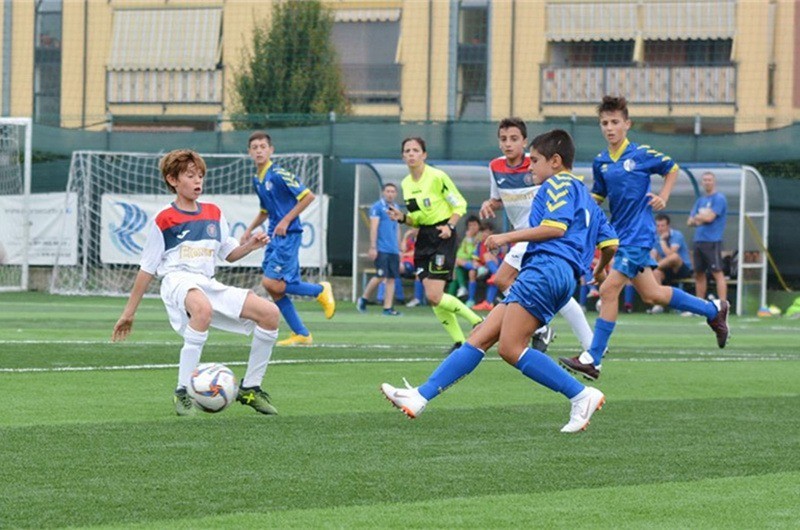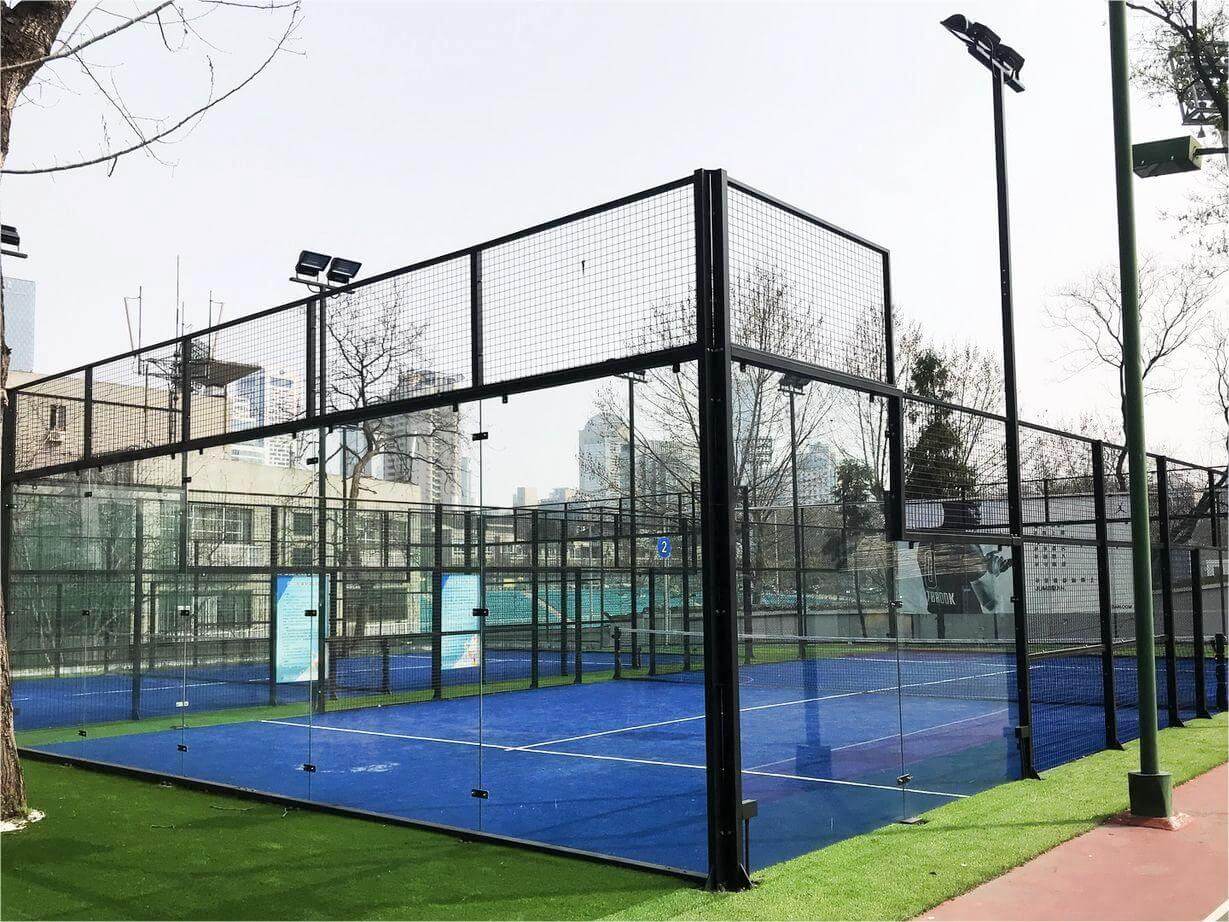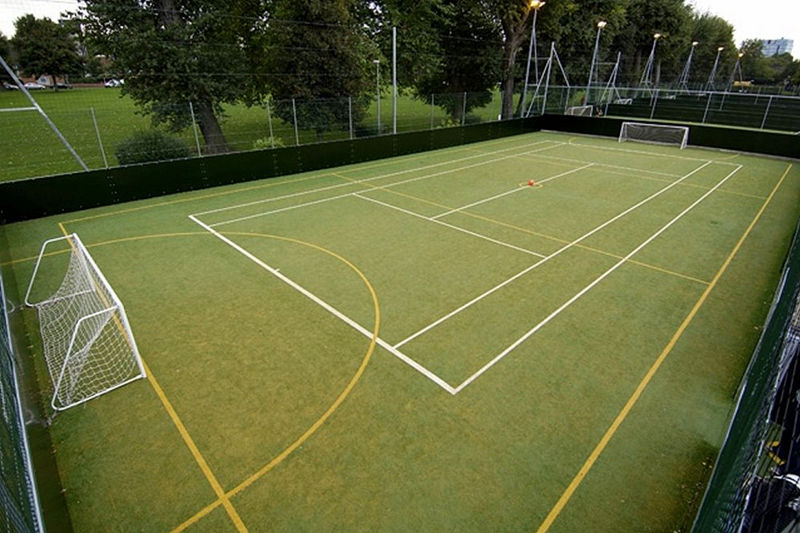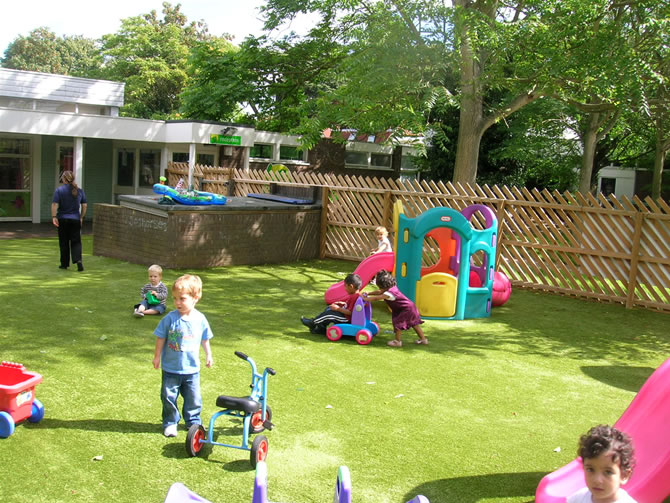Static electricity can be a common issue when using artificial grass, particularly in extreme weather conditions or dry environments. This article provides practical solutions to remove static electricity from artificial grass, ensuring a more pleasant experience for users, especially children.
Table of Contents
Importance of Removing Static Electricity:
Static shocks caused by artificial grass can be uncomfortable, particularly for kids. By addressing this issue, we can enhance the safety and enjoyment of outdoor play areas.
Ways to Remove Static Electricity:
Here are three effective methods to eliminate static electricity from artificial grass:
Infill with Sand:
Silica sand or other infill materials help stabilize and add flexibility to the artificial grass. Additionally, infill can neutralize the effects of static electricity, reducing the occurrence of shocks.
Watering:
In dry or hot climates, watering the surface of the artificial grass with plain water is recommended. This increases electrical conductivity, thereby neutralizing static effects and creating a more static-free environment.
Antistatic Artificial Grass:
Consider opting for antistatic artificial turf for a cleaner play area without the need for infill. Antistatic grass effectively eliminates static electricity and provides a safer surface, making it ideal for playgrounds.
Choosing the Best Solution:
Consider the following factors to determine the most suitable method for your artificial grass:
If your artificial grass is filled with silica sand, static electricity occurrences will be rare. This is an excellent option for minimizing static shocks.
If you still experience occasional static electricity, especially in dry conditions or with insufficient infill, watering the surface with plain water can help mitigate the issue effectively.
For those preferring a cleaner play area without infill, the best choice is antistatic artificial grass. This option ensures long-lasting static elimination and provides enhanced safety for children.
Conclusion:
Removing static electricity from artificial grass is crucial to enhance the comfort and safety of outdoor play areas. By considering options like sand infill, watering, or antistatic turf, you can effectively eliminate static electricity and create an enjoyable environment for all. Choose the method that best suits your needs and enjoy a static-free experience on your artificial grass.




